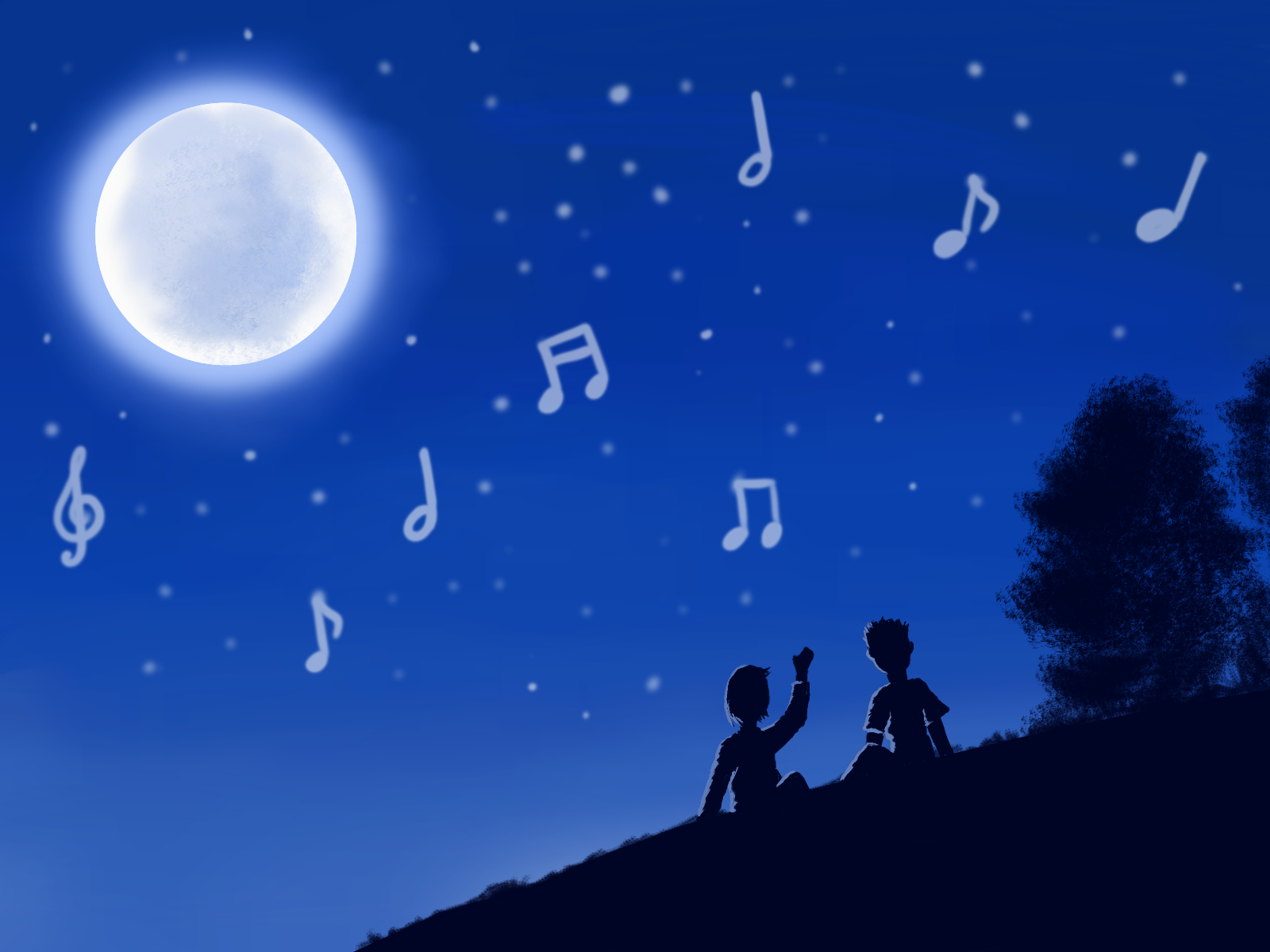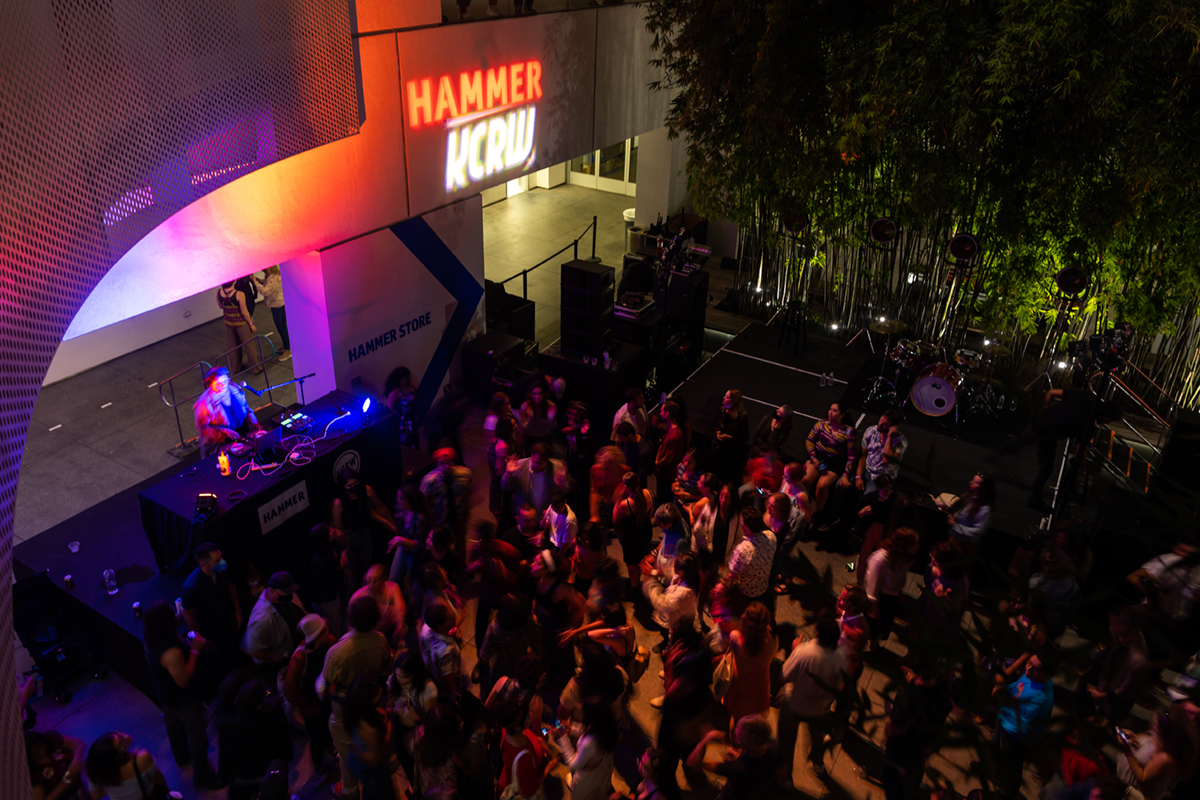Hammer Museum to present lunar-themed concert ‘Songs to the Moon’

(Tracy Charles/Daily Bruin)
"Songs to the Moon”
The Hammer Museum
August 7
4 p.m.
By Paria Honardoust
Aug. 6, 2022 5:37 p.m.
This post was updated Aug. 7 at 12:34 p.m.
“Songs to the Moon” will contain an intergalactic assortment of other-worldly sounds.
On Sunday, the Hammer Museum will host “Songs to the Moon,” a free-of-admission concert that features an array of instruments played by UCLA-affiliated performers. The program includes a performance of George Crumb’s “Night of the Four Moons,” accompanied by poetry texts from Federico García Lorca. As the pianist and conductor of the performance, UCLA Director of Orchestral Studies Neal Stulberg said the moon has historically inspired light, mystery and scientific exploration in art, and the expression of such facets can be expected in the evening program.
“Poets and composers have often used the moon as a subject matter for songs, and composers often have set texts and poetry related in some way to the moon,” Stulberg said. “The moon belongs to all of us in a unique way. There is no other visual object that you experience by all of humanity in the same fashion so automatically.”
[Related: Pianist Inna Faliks to perform pieces that modernize Beethoven, Ravel classics]
Stulberg said Crumb’s composition of “Night of the Four Moons” was written during the 1969 Apollo 11 moon mission and is characterized by both crystal-like and mysterious sounds as well as an underlying whisper of ambivalence, indicative of the social turmoil of the time. He said that to evoke this ominous feel, Crumb’s work contains a mezzo-soprano solo, alto flute, piccolo, banjo, electric cello and other percussion instruments synthesized in an unconventional way by meshing African and Japanese musical traditions. He added that such musical elements add a universal quality that complements the ambiance.
Among the fusion of notable instruments such as the African thumb piano and kabuki block is the banjo, Stulberg said. While he is primarily a classical guitarist, alumnus Alan Berman said he was recruited as a banjoist for the performance because of the guitarist techniques employed in the piece. He said that to achieve Crumb’s desired sounds, he is to avail seemingly unusual methods such as playing with metal cymbals on his fingers or using a metal pick.
“Crumb was a brilliant composer and played many instruments, and I have no doubt that he picked up the banjo to try to make sure that that was the right sound for this piece,” Berman said. “Crumb heard that, knew what that sound could be and then wrote for it.”
Berman said that while he practices the piece, he experiences a series of cascading emotions through the course of his playing rather than one consistent, ongoing feeling. He said he experiences tranquil, reflective states as well as agitated ones, as that is the nature of Crumb’s emotionally tumultuous orchestration.
While Crumb’s abstract composition will serve as the second half of the program, alumnus Meagan Martin said the initial half of “Songs to the Moon” highlights a more traditional vocal recital setup through its seven songs, featuring Martin as the mezzo-soprano vocalist and Stulberg as the pianist. Martin said she appreciates the amalgam of classical and new pieces in the first half of the program. However, she said the second half allows her to use her voice in an interesting and nuanced manner, given that Crumb is meticulous in his notation, detailing the execution of her singing from whispers to yells.
“It’s very fun because I get to use my voice in a way that isn’t standard in a more traditional repertoire,” Martin said. “It feels very invigorating to be looking at a score that has new things and is asking you to do things that are not common in the standard rep.”
[Related: Chromatic Brass Collective shines as beacon of inclusivity within classical music]
“Night of the Four Moons” as a composition is deliberate in instrumentation but also in its stage appearance and execution, said Berman. For example, Stulberg said the conclusion is the most dramatic portion of the composition because the conductor, as well as nearly all the players, exit the stage in a leisurely, strung-out manner. He said this leaves the cellist alone to unleash ominous, skin-chilling chords while the other instrumentalists play a version of a lullaby off stage called “Musica Humana.” Ultimately, the sounds mimic the essence of humanity as the performance gradually comes to an end, Stulberg said.
“The effect is that the audience … is now listening in a very faint way, to a very human music of the earth, and the work ends very quietly in the darkness,” Stulberg said.



